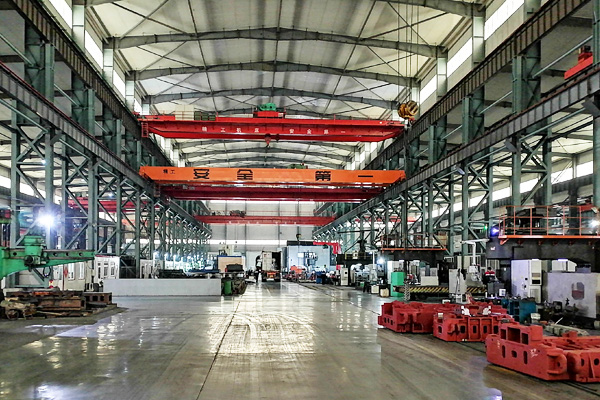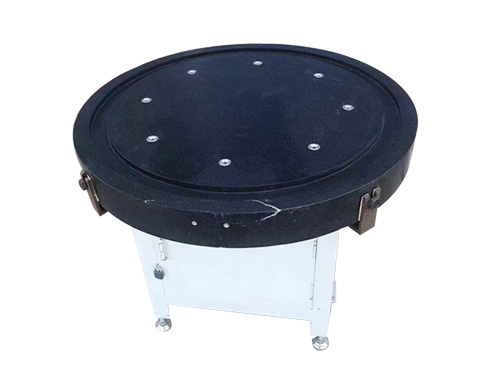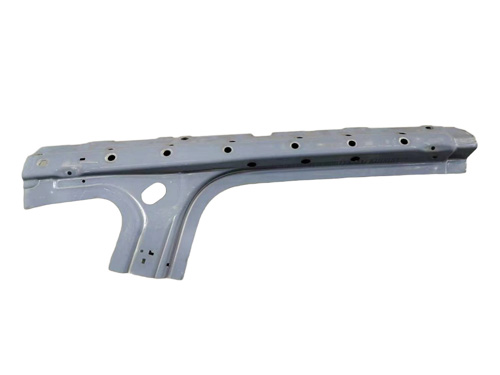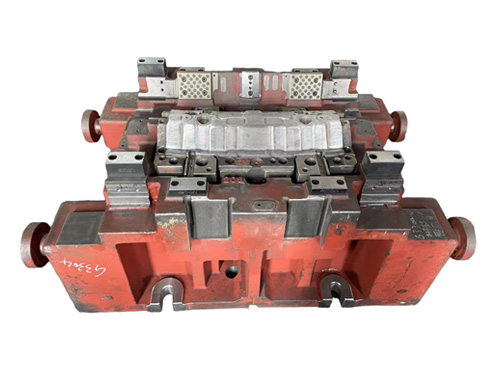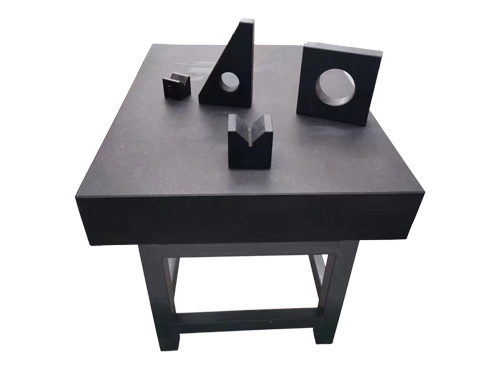News Detail
Welding Workstation Multi-Position Switching and Flexibility Enhancement: Innovative Practices in the Industry 4.0 Era
author:hxrtools Time:2025-07-17 15:42:49 Click:160
In precision manufacturing and large-scale industrial production, the ability to switch between multiple positions on a welding workstation has become a core indicator of production efficiency and product quality. Through the deep integration of modular design, intelligent control systems, and human-machine collaboration technology, modern welding workstations have made a leap from single-position to multi-position collaborative systems. This article will systematically analyze the technical principles of multi-position switching and explore ways to enhance operational flexibility, based on global cutting-edge cases.
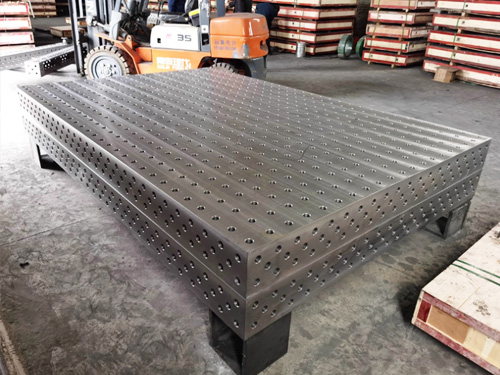
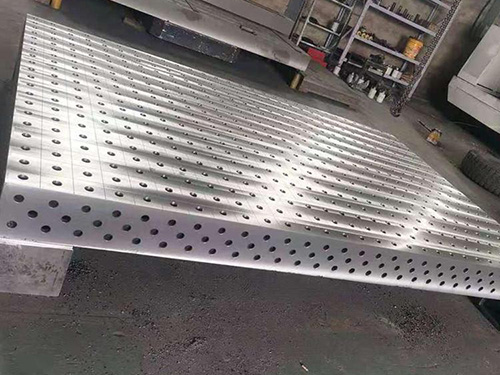
1. Technical Implementation Path of Multi-Position Switching
1. Rotating Workstation Conversion System
An example is the intelligent rotating workstation developed by Fraunhofer Institute in Germany, which uses high-precision servo motors to drive a ring-type turntable, achieving position control within ±0.01mm via an encoder. The turntable is uniformly distributed with 4-8 independent workstations, each equipped with a quick clamping device and an independent power supply system. In the automotive parts welding scenario, this system achieves:
·360° Continuous Rotation: Workstation switching time ≤ 1.5 seconds
·Load Capacity: Single workstation supports up to 500kg
·Positioning Accuracy: Repetition positioning error ≤ 0.02mm
This design allows operators to complete loading, welding, and inspection processes without moving, improving production efficiency by more than 40%.
2. Linear Rail Modular System
A digital twin welding platform developed by the National Institute of Standards and Technology (NIST) uses a linear rail and reconfigurable fixture combination. The core innovations include:
·Dynamic Workstation Generation: AI algorithms automatically adjust the number and layout of workstations according to order requirements
·Quick Mold Change Technology: Magnetic fixture system reduces mold change time from 2 hours to 8 minutes
·Real-Time Data Interaction: Each workstation is equipped with IoT sensors, synchronizing production data with the Manufacturing Execution System (MES)
This system increased equipment utilization to 90% and reduced defect rates to below 0.3%.
3. Collaborative Robot Welding Unit
A collaborative robot welding unit by FANUC integrates force control sensors and visual guidance systems to achieve:
·Human-Machine Collaborative Operation: The robot automatically recognizes the workpiece position with an error compensation of ≤ 0.1mm
·Parallel Task Processing: One robot can manage welding tasks on three welding tables simultaneously
·Adaptive Welding Parameters: Automatically adjusts current and voltage combinations based on material thickness
This system has achieved a product consistency rate of 99.90%, far exceeding traditional manual welding levels.
2. Five Technological Dimensions for Enhancing Operational Flexibility
1. Evolution of Intelligent Control Systems
The application of Siemens SIMATIC S7-1500 series PLCs in welding workstations has enabled:
·Multi-Axis Synchronous Control: Supports 8-axis linkage, reducing motion control cycle time to 0.5ms
·Predictive Maintenance: Vibration analysis and temperature monitoring to provide a 48-hour advance warning of equipment failure
·Remote Operation and Maintenance: 5G modules support expert remote diagnostics and parameter optimization
After implementation, equipment downtime was reduced by 65%, and annual maintenance costs were reduced by 2 million RMB.
2. Modular Fixture Design
The Quick Change fixture system developed by Atlas Copco offers three major advantages:
·Standardized Interface: Compatible with international standards such as ISO/ASME/DIN
·Quick Positioning Mechanism: Tapered positioning pins ensure a positioning accuracy of ≤ 0.05mm
·Lightweight Design: Carbon fiber composite material reduces fixture weight by 60%
In railway vehicle welding, this system reduced product line switching time from 72 hours to 8 hours.
3. Application of Digital Twin Technology
Dassault Systèmes’ 3DEXPERIENCE platform enables:
·Virtual Debugging: 90% of program validation completed before physical device installation
·Process Simulation: Predicts welding deformation, optimizing clamping plans
·Capacity Analysis: Simulates equipment utilization under different production rhythms
This system reduced new product introduction cycles by 55%, and trial production costs were reduced by 40%.
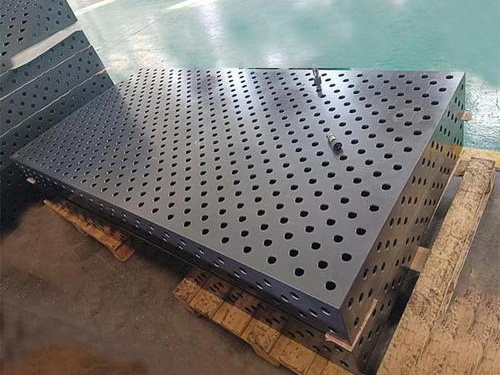
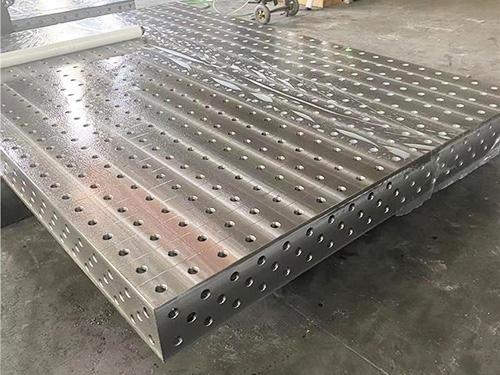
4. Energy Management System Optimization
ABB’s Ability™ EMS+ energy management system achieves:
·Dynamic Power Allocation: Automatically adjusts power supply frequency based on workstation load
·Energy Recovery Technology: Increases braking energy recovery rate to 85%
·Carbon Footprint Tracking: Real-time calculation of energy consumption and carbon emissions for each workpiece
This system reduced unit product energy consumption by 32%, meeting ISO 50001 energy management standards.
5. Ergonomics Improvement
Research by Humantech in the U.S. showed that optimized welding workstations can:
·Reduce Operator Fatigue: Adjustable workstations and armrests reduce muscle load by 40%
·Optimize Visual Comfort: Curved, anti-glare screens reduce visual fatigue index by 65%
·Enhanced Safety Protection: Combination of light curtain sensors and safety PLC reduced accident rates to 0.02 per 10,000 hours
References
·Fraunhofer Institute for Production Systems and Design Technology. (2024). Adaptive Rotary Tables for Flexible Manufacturing. IPK Berlin.
·National Institute of Standards and Technology. (2025). Digital Twin Framework for Welding Process Optimization. NIST Special Publication 1500-302.
·Dassault Systèmes. (2025). 3DEXPERIENCE Platform for Welding Process Simulation. Vélizy-Villacoublay, France.
 HOT PRODUCTS
HOT PRODUCTS
 CONTACT US
CONTACT US
—— E-mail:project@haoranmj.com
—— Whatsapp:+86 18932785670
—— Tel:+86 18932785670
—— Add:Across from Sanjing Distillery on Road 4, Botou Economic Development Zone, Cangzhou City, Hebei Province









